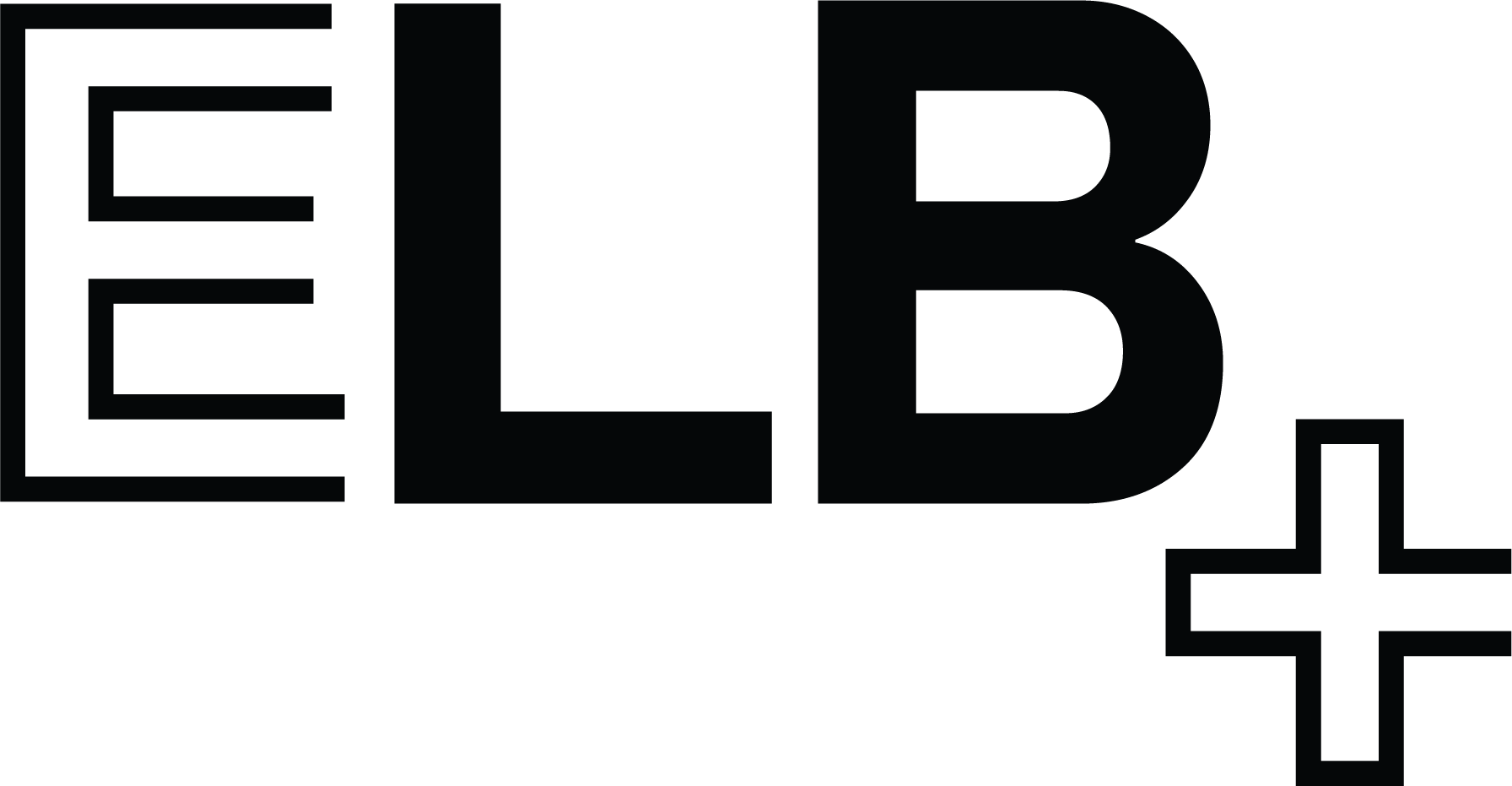Borates
Boron (B) is the fifth element on the periodic table, but is not found in nature in an elemental state. Rather, boron combines with oxygen to form boric oxide (B2O3), which then compounds with other elements to form boric acid or inorganic salts called borates. The term “borates” is used to describe the family of naturally occurring minerals that contain the element boron, such as borax, probertite, ulexite, searlesite, and others. Borates are geologically difficult to find in high concentration and are consequently only produced in a few locations globally despite their importance to modern day life and a carbon-neutral economy.
Borates by End Use (%)
Source: Eti Maden, US Borax
The world’s annual demand for borates grew by 7.4% in 2018 to 4.2 million tonnes. This equates to an annual market size of approximately $3 billion USD. Growth in demand for borates is driven by the world’s growing population and the development of emerging economies. Asia is currently the largest market for borates, while North America and Europe are the second and third largest markets, respectively.
There is a growing concern regarding a low abundance of high-concentration borate deposits globally, especially in China, India and Europe. Turkey and the USA together supply 80 - 85% of the world’s annual demand for borates. However, assuming a 5% growth rate in annual demand over the next 5 years, a new source of borates will be required as soon as 2025. These factors have contributed to the European Union (EU) Commission’s classification of borates as a Critical Raw Material.
Click here for addition information and research on boron & borates.




